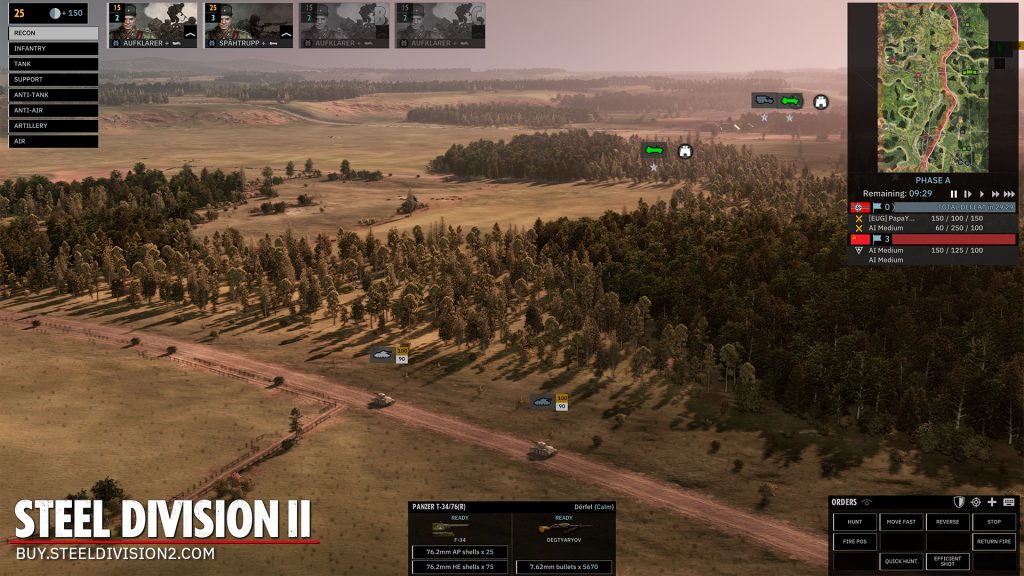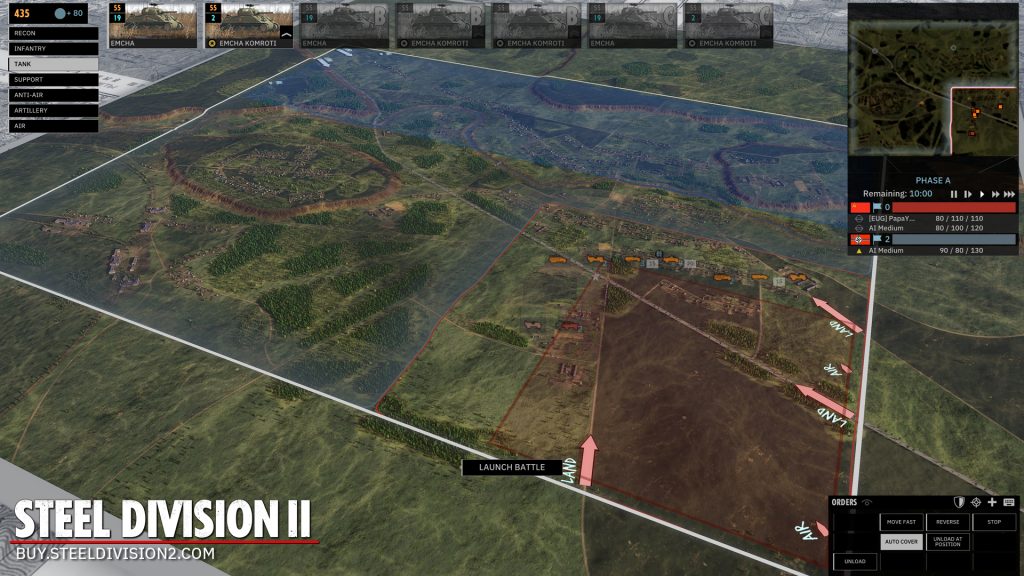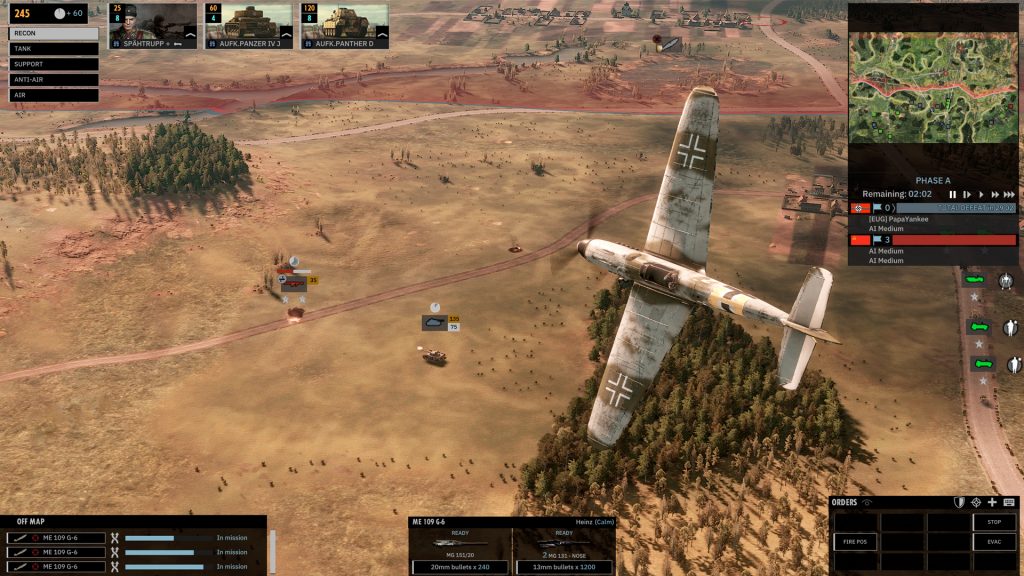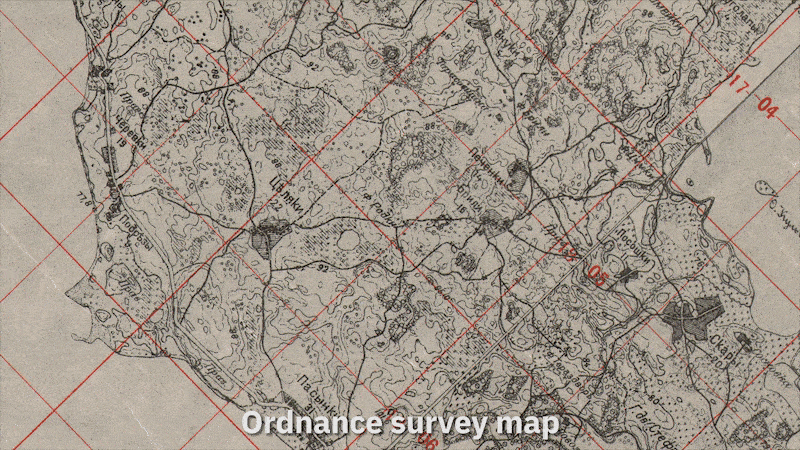Welcome back to another Steel Division 2 dev diary! In today’s entry, we are going to show you a massive new feature that will bring tons of replayability and hours of battle fun: Historical Battles. Steel Division 2 will ship with six Historical Battles at release, all based on real-life engagements that occurred during Operation Bagration in the summer of 1944.
<iframe src=”https://store.steampowered.com/widget/919640/339972/” frameborder=”0″ width=”646″ height=”190″></iframe>
As always, a disclaimer about what you are going to read next. We are still knee-deep in development, which means you have to disregard any “baguette” language, technical issues, unit info incongruities or other bugs you might see. All of this will be fixed at launch.
What are Historical Battles?
As the name discloses, Historical Battles are real-life battles that were fought on the Eastern Front in the timeframe that we are depicting in Steel Division 2. They won’t be for the fainthearted, as these scenarios will focus on some of the toughest engagements during the most crucial days of Operation Bagration, spread across a number of important dates and locations.
They will all be playable either in single player, cooperatively and multiplayer, with varying team sizes, from 2v1 to 3v3 players, for instance. The Battlegroups and Divisions for each battle will come fixed, meaning premade. However, some of the battles will allow you to select among several available Battlegroups.
We brought over the Historical Battles from Steel Division: Normandy 44, but as you might remember, these battles were not part of the base game, only coming later in the Back to Hell DLC. We can’t emphasize enough that these Historical Battles will provide an enormous amount of gameplay and will be playable both solo or in cooperative mode from day one.
The Battles
Let’s get down into the trenches and check out each Historical Battle in detail.
- Autobahn zur Hölle (June 23rd, 1944)
This Historical Battle will depict the opening Soviet move against Orsha, one of the most heavily defended strong points on the German front. The scenario pits the well-entrenched Sturm-Regiment 195 from the elite German 78. Sturmdivision against heavy assault elements from the 26th and 84th Guards Rifle Divisions. The Soviet troops will bring assault engineers, super-heavy artillery, and special breakthrough armors such as KV heavy tanks, OT-34 flame tanks, and even the mighty ISU-152 assault guns. - Bobr (June 26th, 1944)
Even before the fall of Orsha, Soviet armored forces had already bypassed the town and were racing through the German rear almost unopposed. One of the few regular units available in the area was the French collaborationist LVF (also known as the Grenadier-Regiment 638). This Historical Battle sees elements from this unit, supported by a handful of elite German Tiger tanks and a few PaK 40 anti-tank guns, fight against the Soviet vanguard of the Sherman-equipped 18th Guards Tank Brigade. - Krupki (June 28th, 1944)
The delaying action fought at Bobr gave just enough time for s.Panzer Abteilung 505, acting as lead element for the incoming 5. Panzerdivision, to detrain at the Krupki railhead. However, a Soviet battlegroup managed to attack them almost still on the freight cars, thanks to local partisans, and the Red Army managed to gain a foothold in Krupki. This Historical Battle will see Tiger tanks from s.Panzer Abteilung 505 and some security forces engage the Soviet 2nd Guards Motorized Brigade supported by partisans.
- Pleshchenitsy (July 1st, 1944)
Further north, Soviet cavalry and mechanized units were driving down on Minsk, and a battlegroup of the 5th Panzerdivision was ordered to counter-attack the key crossroads at Pleshchenitsy. In this Historical Battle, 5. Panzer tanks, including Panthers as well as the few remaining Tigers, are supported by Panzergrenadiers and will go head-to-head with the Soviet 35th Guards Tank Brigade and 8th Guards Mechanized Brigade, which brings partisan support. The scenario will also see the Luftwaffe offering as much air cover as they can, matching the Red Air Force temporarily.
- Lenina (July 1st, 1944)
On the same day as Pleshchenitsy, Soviet forces further South pushed further west to encircle and isolate Army Group Center. In this Historical Battle the recently arrived 4. Panzerdivision is fighting a desperate action to save the weary 4. Kavallerie-Brigade from being overrun by elements from 9th Guards Cavalry Division supported by the 219th Tank Brigade. - Naratch Lake (July 4th, 1944)
Pursuing the German forces in the north, the Soviets got too bold and overextended themselves gravely. Quick to grasp the opportunity, the retreating Germans reminded the Red Army they are not to be underestimated, even in defeat. This Historical Battle will see Gruppe Hoppe, a small mechanized battlegroup made up of Nashorn tank destroyers, StuG’s and a few tanks, with pioneer and infantry support, clash against the 388th Rifle Division which brings a motley assortment of tanks from 39th Guards Tank Brigade including T-34/76’s, T-70’s, Valentine’s, and even some Lee’s and Matilda’s.
In conclusion
We are pretty stoked that with Steel Division 2 players will be able to jump in and play with Historical Battles from day one. What do you think?
As always, stay tuned for the new dev diary which will come next week. Don’t forget to check out the Steel Division 2 newsletter, pre-order the game on steam, and visit our pre-order store.







No Comments